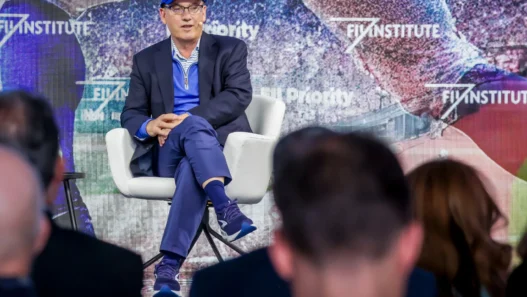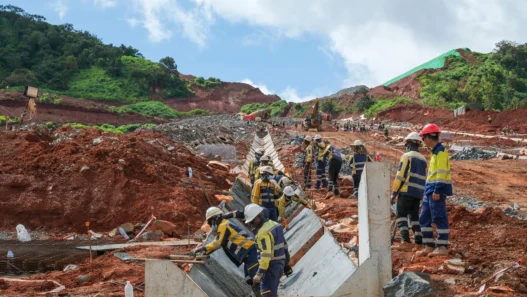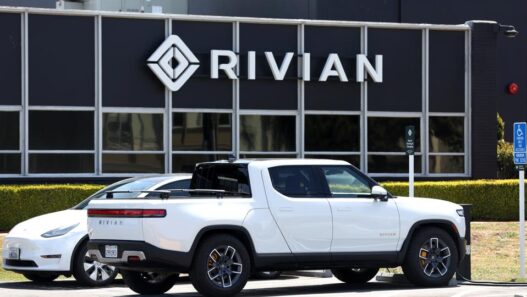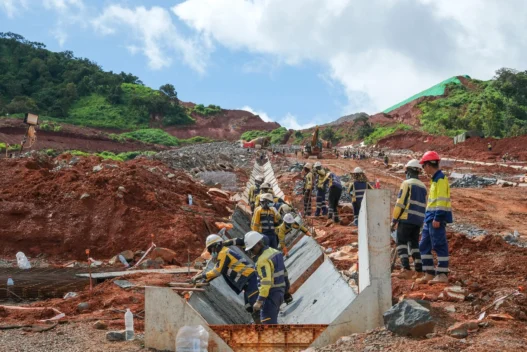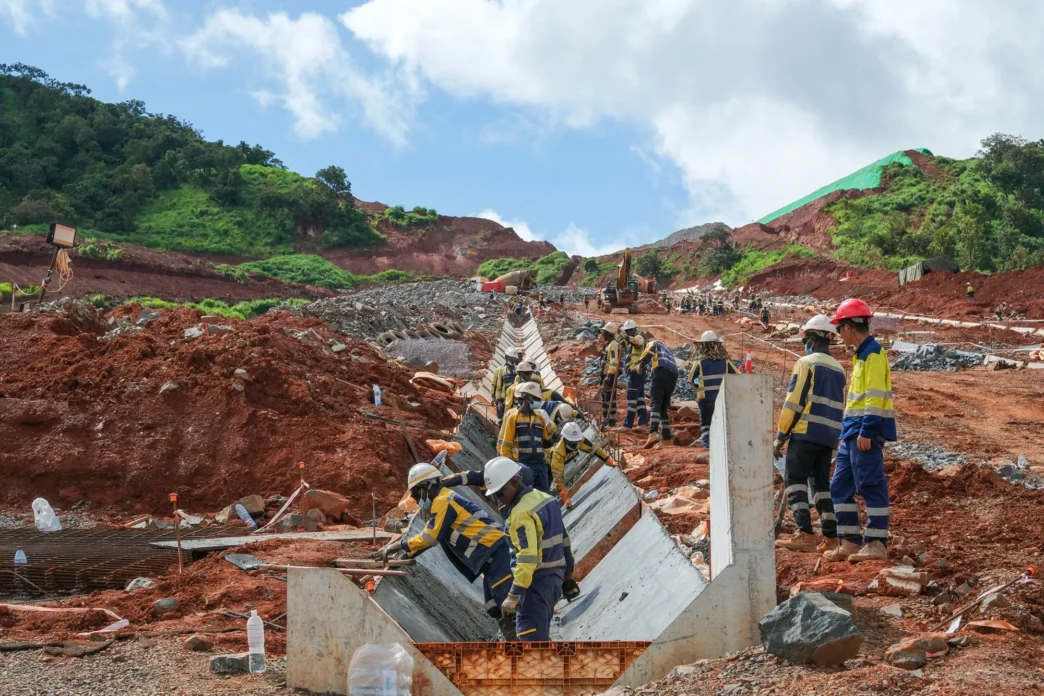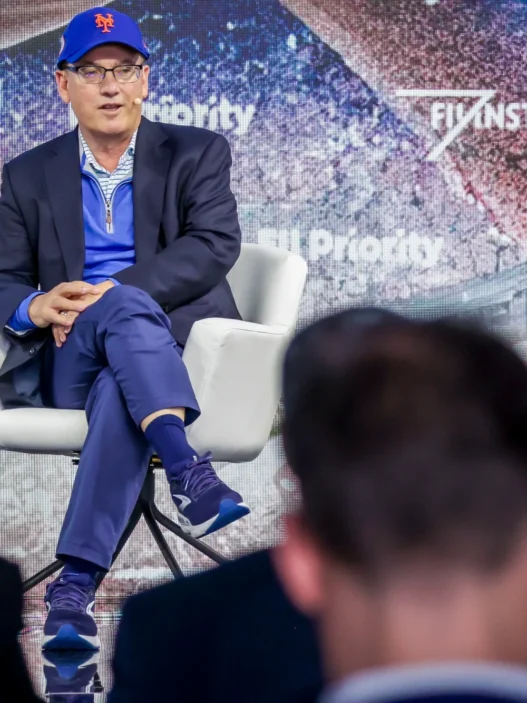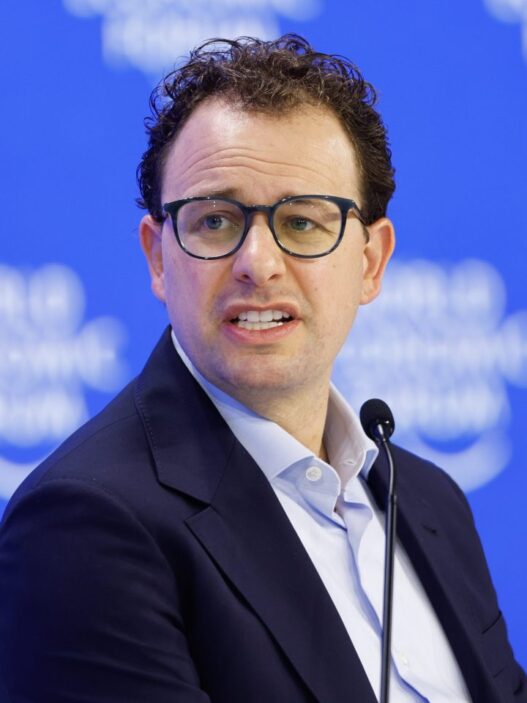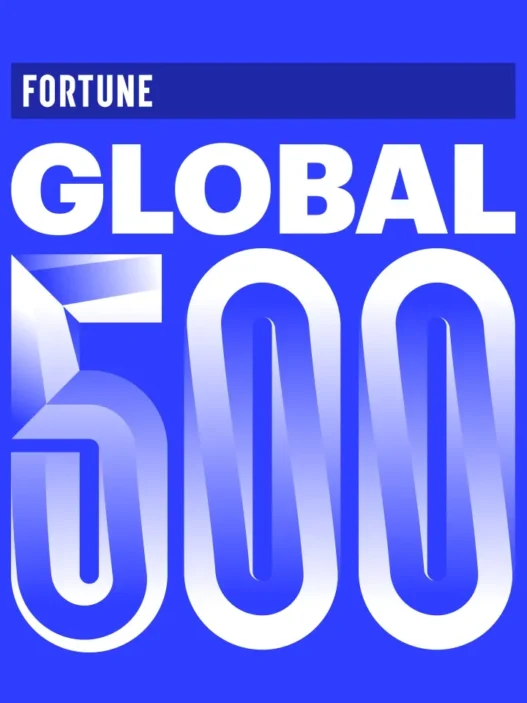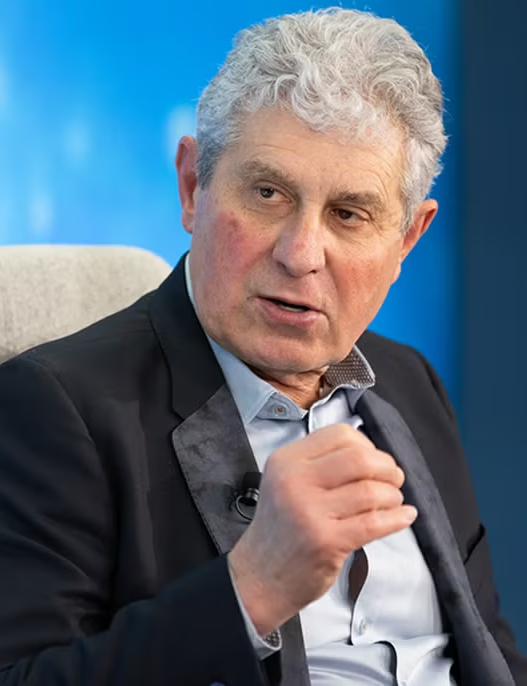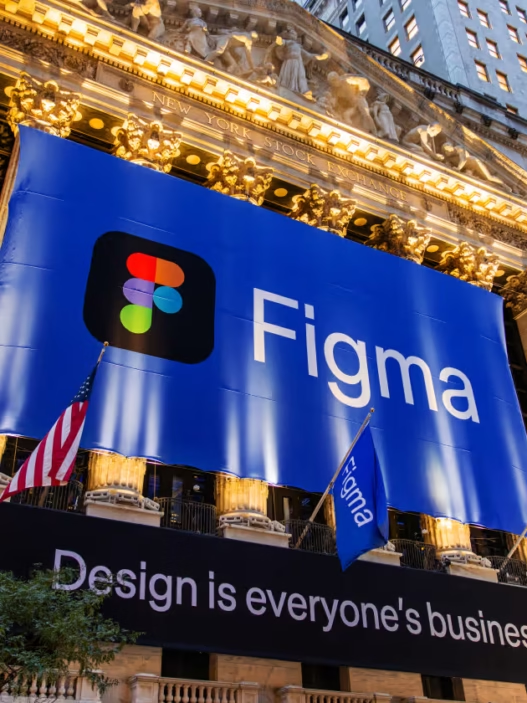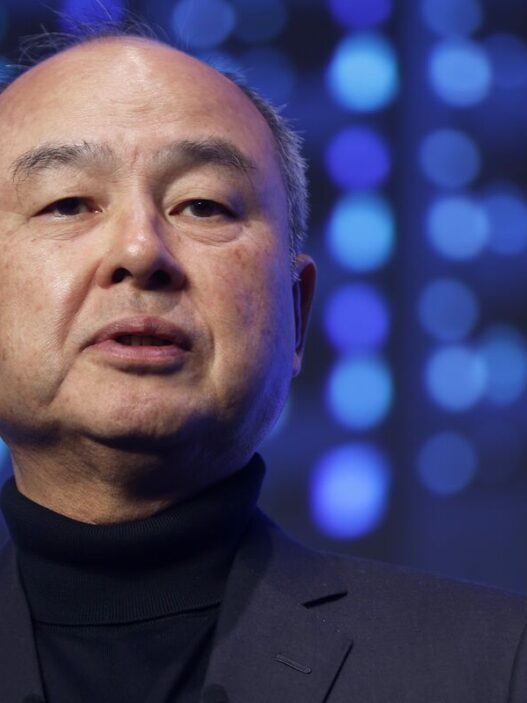The global iron ore market — long dominated by Australia and Brazil — is on the verge of a seismic shift as China pushes forward with its massive mining project at Simandou in Guinea, one of the richest untapped iron ore deposits in the world. Once operational, the mine could redefine global supply chains, weaken the dominance of established producers, and transform Guinea into a pivotal player in the global steel industry.
For China, which consumes more than 60% of the world’s iron ore, the Simandou project represents not just an industrial investment but a strategic play for resource security. It offers Beijing the prospect of reducing its heavy dependence on Australian ore, a long-standing vulnerability in the face of geopolitical tensions between the two nations.
The Treasure Beneath Guinea’s Mountains
Nestled in the remote mountains of southeastern Guinea, the Simandou range is home to one of the world’s largest and highest-grade iron ore deposits. The estimated reserves exceed 2.4 billion metric tons of ore with an exceptionally high iron content — around 65% Fe, significantly above the global average.
For decades, this immense resource has been known but largely untouched due to political instability, lack of infrastructure, and complex ownership disputes. Now, a powerful consortium led by Chinese state-owned companies, in partnership with the Guinean government and international investors, is finally bringing the project to life.
Once fully developed, Simandou could produce over 120 million tons of iron ore annually, rivaling output from major mines in Australia’s Pilbara region and Brazil’s Carajás complex. Such scale could alter pricing power in the global market, where just a few companies — notably BHP, Rio Tinto, and Vale — have traditionally dominated.
China’s Strategic Motive: Reducing Dependence on Australia
The timing of Simandou’s revival is no coincidence. Over the past several years, relations between Beijing and Canberra have deteriorated, with trade restrictions and diplomatic disputes exposing China’s heavy reliance on Australian commodities. Iron ore has been the exception — a critical supply line too vital to be disrupted.
Now, with Simandou, China is building an insurance policy. By developing a direct source of high-grade iron ore outside of Australia’s control, Beijing aims to diversify supply chains and stabilize input costs for its vast steel sector.
The project is being developed in two main blocks:
- Blocks 1 and 2, led by the Winning Consortium Simandou (WCS) — which includes Singapore’s Winning International Group and China Hongqiao Group.
- Blocks 3 and 4, led by Rio Tinto in partnership with China Baowu Steel Group, the world’s largest steelmaker.
This cooperation between Chinese state-owned giants and global mining leaders like Rio Tinto highlights both the scale and strategic complexity of the project.
Infrastructure on a Continental Scale
Building Simandou isn’t just about digging a mine — it’s about constructing a new industrial ecosystem across West Africa. The project requires the creation of a 650-kilometer railway line stretching from the Simandou mountains to the deepwater port of Matakong on Guinea’s Atlantic coast.
The railway will cut through rugged terrain and dense jungle, making it one of the most ambitious infrastructure projects ever undertaken in sub-Saharan Africa.
The estimated total cost exceeds $20 billion, including mining operations, the railway, and the port. Yet China views this investment as worthwhile — not only to access high-grade ore but to cement its influence across Africa through infrastructure diplomacy and long-term resource partnerships.
The Guinean government has hailed the railway as a nation-building project, with President Mamadi Doumbouyadescribing it as a “new artery for our economic future.” The government insists that Guinean entities will hold at least 15% equity participation in all project components, ensuring local benefits and revenue sharing.
Guinea’s Economic Transformation on the Horizon
For Guinea, one of the poorest countries in the world despite its vast mineral wealth, Simandou represents an unprecedented opportunity for transformation.
If managed effectively, the mine could double the country’s GDP, generate tens of thousands of jobs, and position Guinea as a key player in global raw material markets. Export revenues could fund infrastructure, healthcare, and education, propelling the nation toward sustainable development.
However, analysts warn that governance, transparency, and environmental management will be critical. Guinea’s past experiences with resource exploitation have often led to corruption, inequality, and environmental degradation rather than broad-based prosperity.
International observers have urged the government to ensure that royalties, community development funds, and environmental protections are strictly enforced — to avoid turning Simandou into yet another example of the so-called “resource curse.”
Global Market Impact: A New Price Reality
Should Simandou come fully online by 2028 or 2029, its impact on the iron ore market could be profound. The mine’s high-grade output is expected to increase global supply by as much as 10%, potentially putting downward pressure on prices that have hovered near $120 per ton in recent years.
For steelmakers, this could mean lower raw material costs and a more competitive global industry. But for incumbent producers in Australia and Brazil, the new supply threatens to erode market share and profit margins.
Australia’s Rio Tinto, already a stakeholder in Simandou, is walking a fine line — balancing its partnership with Chinese firms against its national interest and the potential for future competition. Meanwhile, Brazil’s Vale faces its own challenge: maintaining production growth while dealing with environmental and regulatory constraints.
Market analysts believe that China’s growing self-sufficiency could also reshape pricing benchmarks. With Simandou, Beijing gains more leverage over iron ore pricing, potentially leading to new long-term contracts and trading mechanisms centered around Chinese demand rather than Western exchanges.
Environmental and Social Questions Loom
While the economic potential is immense, environmental groups have raised concerns about the project’s ecological footprint. The Simandou range lies within an area of rich biodiversity, home to endangered species and sensitive ecosystems.
The construction of the railway and port facilities could disrupt habitats and local communities, particularly indigenous groups living along the planned route.
In response, project leaders have pledged to adhere to international environmental standards, including reforestation programs and compensation mechanisms for affected communities. Still, many remain skeptical about the enforcement of these commitments, given Guinea’s history of weak regulatory oversight.
A Strategic Gamble for the Future
Simandou is more than just a mining project — it is a geopolitical and economic bet on the future of global resource distribution. For China, it’s a long-term investment in security and independence from Western supply chains. For Guinea, it’s a chance to leap from poverty into industrial relevance. For the rest of the world, it’s a potential disruptor that could redraw the iron ore map for decades to come.
Yet success is far from guaranteed. The project must overcome logistical challenges, governance risks, and potential geopolitical friction as it edges closer to production.
Still, the direction is clear: when Simandou comes online, the center of gravity in the global iron ore market may shift south — to Africa.
The world’s mining giants are watching closely. So too is every steel mill in China, every shipping line in the Indian Ocean, and every policymaker in Canberra and Brasília.
Because when Simandou’s first shipment of high-grade iron ore leaves Guinea’s coast, it won’t just mark a new trade route — it will signal the beginning of a new era in the global commodities order.


